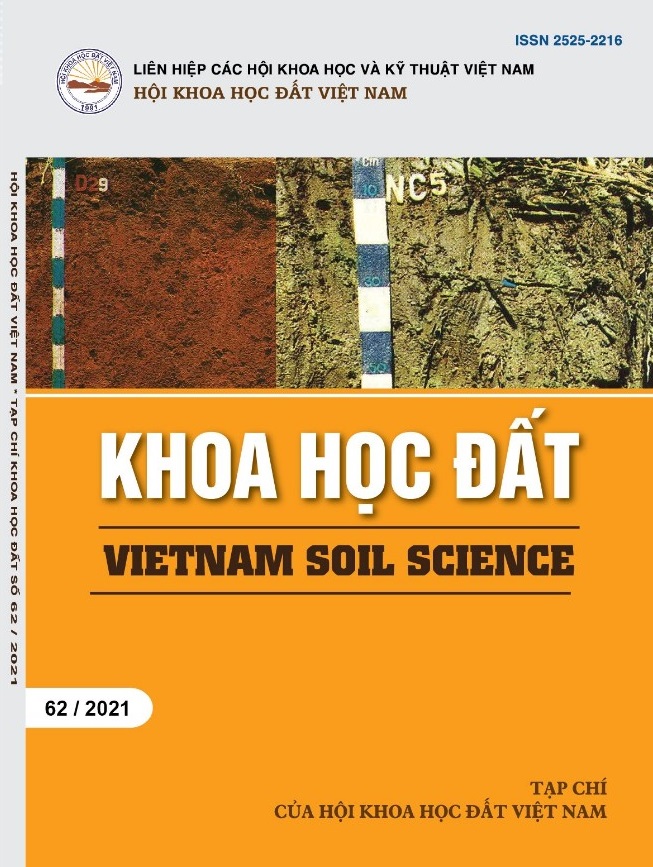Thái Phiên, Mai Văn Trịnh, Nguyễn Công Vinh, Minh Hà, Fagerstrom, Ingvar Nellson (trang 38-47)
Từ khoá: ảnh hưởng, hình thức, canh tác, đất dốc, du canh, bỏ hoá, xói mòn, cân bằng, dinh dưỡng
Summary
Soil erosion and nutrient balance under different cropping systems of short fallow shifting cultivation
7 treatments and 3 replications. 7 treatments: continuous monocropping, intercropped hill rice and Tephrosia Candida (TC) hedgerow with and without mulching TC’s biomass, hill rice plus mulching external TC’s biomass, natural fallow, improved fallow by TC, and intercropped corn-peanut-TC hedgerow and mulching. Continuous monocropping gave high soil losses, nutrient losses and negative nutrient balance within the period 96-98, while intercropped hill trice and Tephrosia Candida hedgerow decreased 40 to 50% of soil and nutrient losses. Fallow systems have lowest soil and nutrient losses. Enrichment ratio were very high in the 1st year of cultivation, lowered in the following year and around 1.0 in the 3rd year. It presented the wash load and transportation processes of available elements such as N, P, K, Ca, Mg being decreased in the following year because of soil consolidation and decreased of available elements in the soil surface.
 Tạp chí
Tạp chí



